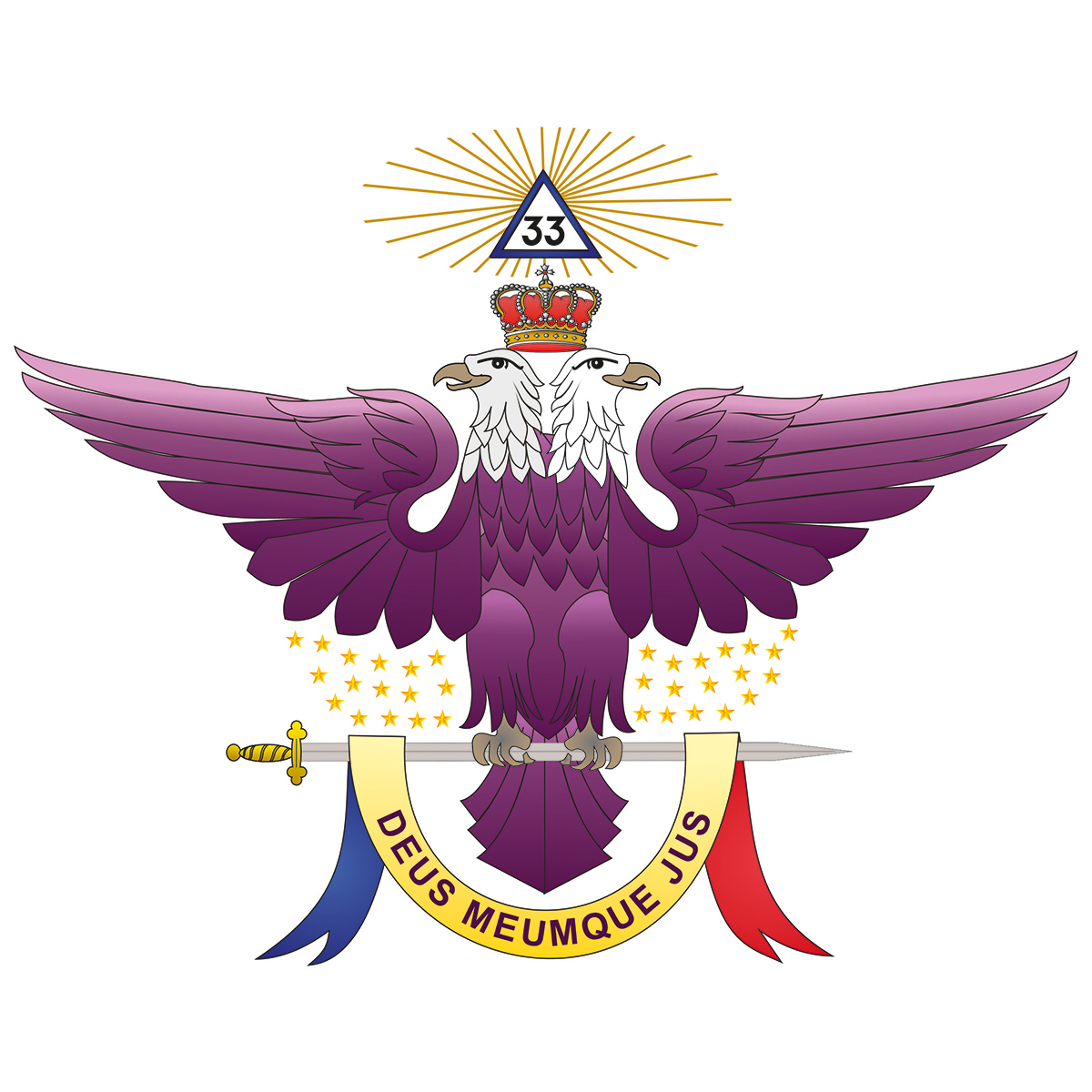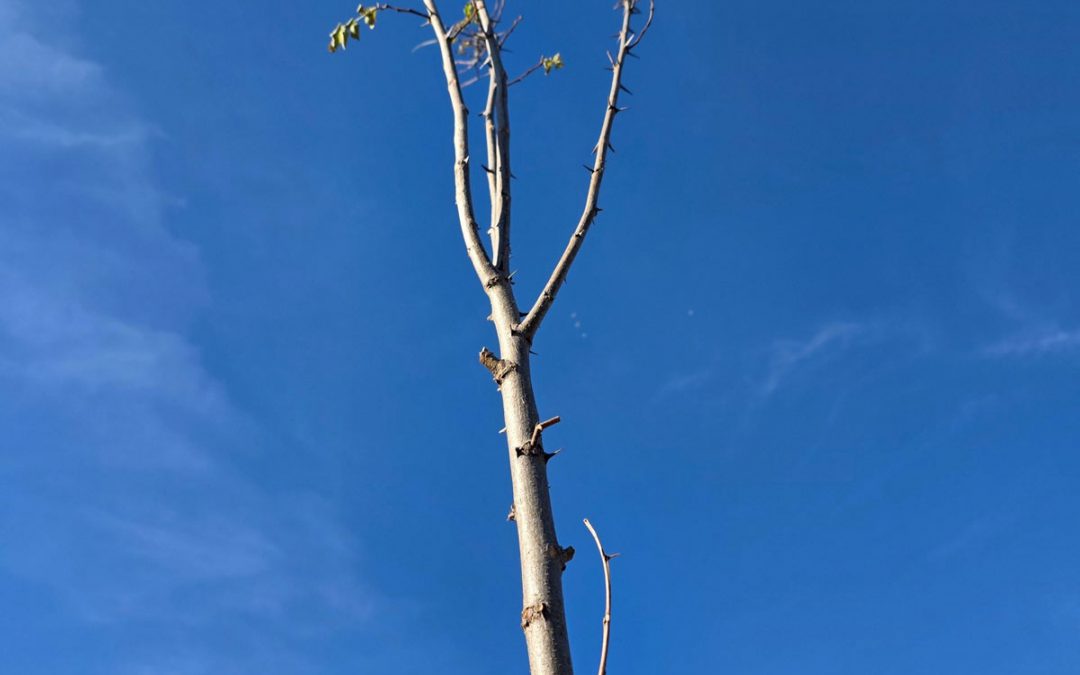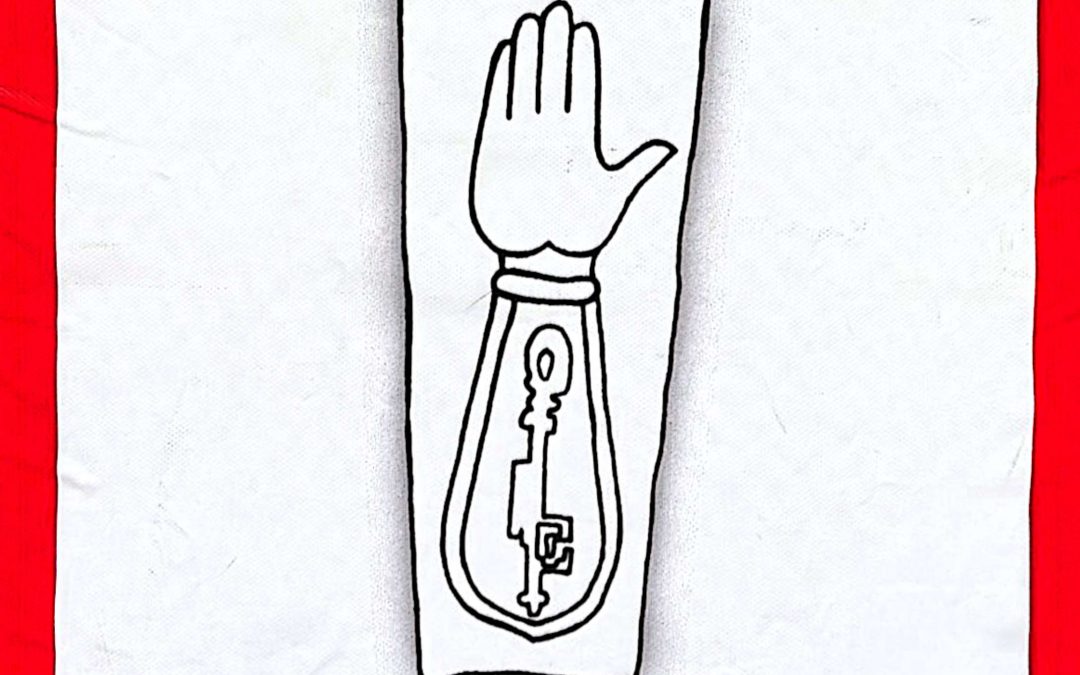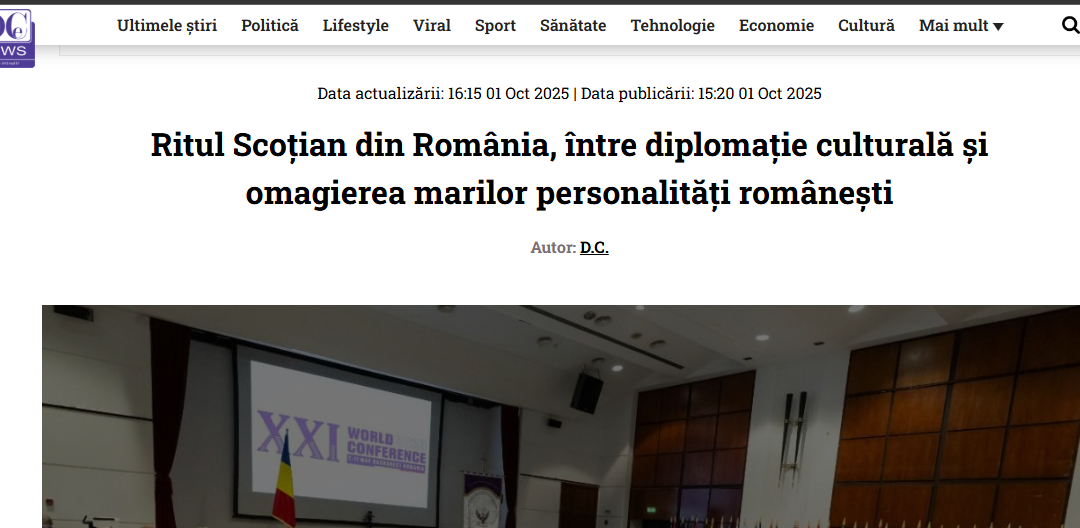From an esteemed brother of ours, we received these echoes of our meeting in the Upper Country of Moldavia:
When I start writing a text, I couldn't tell where it would take me, what I would encounter along the way and how it would end.
Of course, the conceptual point is clear in my mind. But, starting from, they are like those navigators who, on board the caravels, ventured out into the sea looking for the "way to the Indies"
They didn't get there, but some "discovered" the Americas and, also unintentionally, "proved" that the Earth is round.
Others, of course, perished along the way – their journey turning into a metaphor for no return.
Writing the text puts me in a similar position: with some or with the others.

Thought in this way the text becomes travel.
Recorded as such, why wouldn't it also become the journey text.
Both the text and the journey mean departure: from a present, which is yours, to another present.
Through the journey, you alienate yourself and deny yourself from your present, in order to define yourself ("to come true" says Noica) through the present of the Other: which thus becomes your contemporary - even if, in time, you are separated by years, centuries, millennia .
An old "tradition" states that "In the beginning God made the heavens and the earth"; or that "In the beginning was the Word" - as if this "In the beginning" were an adverb of time, suggesting an indefinite sequence False. Although poorly translated, it is an adverb of manner. It implies not "when" but "how" it all happened.
How? Bereshit, according to Genesis. En arché, says the evangelist. I mean in principle. And the Principle includes, in the same arch, the Beginning and the End. In other words: Steadfastness. Permanence. Concurrency, in the last resort, by no means the succession.
There is, in all of this, a "dialectical movement"... "Only, says Noica, modern man does not complete the entire dialectical movement: he stops too often at alienation. This is how it happens that the same employments of his that can be full of sense become nonsense».
I like to think that, based on Tradition, our modernity - as bearers of the high degrees of Freemasonry - is safe from the danger of senseless alienation; that, departing from our "actual" present, we have entered, if only for a moment, into one historic present which, as Noica says, has us certified once again: as Brothers and as Romanians.
This is the conclusion to which the three "trips" occasioned by our (ritual, in its own way) meeting in Suceava led me; Extended meeting over two days: August 9 and 10
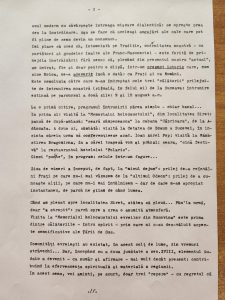
At first reading, the program of the meeting seemed simple - even banal...
On the first day: visit to the "Holocaust Memorial" in the town of Siret; afternoon break; "country evening" at the cabin "Căprioara" in Adâncata. The next day, Saturday: visit to the Cetatea de Caun of Suceva, in the premises of which he was going to give a lecture. John Aurel Pop; visit to the Dragomirna Monastery, in whose refectory we will also have lunch; in the evening, "festive dinner" at the "Polaris" hotel restaurant.
Five "points" in the program; cells in a honeycomb…
Friday actually started at "breakfast": an opportunity to meet again Brothers whom I had not seen since the "last Odeon"; opportunity to meet others, whom we had never met before - but with whom we instantly became close as if we had known each other forever.
When we left for the town of Siret, it was going to rain... In the end, as if to create a certain atmosphere, it just "sprinkled": The visit to the "Jewish Holocaust Memorial in Bucovina" is the first of the trips - in spirit - through which we they revealed significant aspects of the Upper Country.
Jewish communities have existed in this corner of the world since ancient times... But, starting from the second half of the 18th century, the Jewish element became - in number and affirmation - more than present: contributing to the spiritual and material effervescence of the region.
In this sense, I will mention, briefly, only three "landmarks" - with the regret that I cannot relate them in their amplitude. It is about three people of these places - their destiny seems to me emblematic of Jewish spirituality and, no less, for what they were given to suffer.
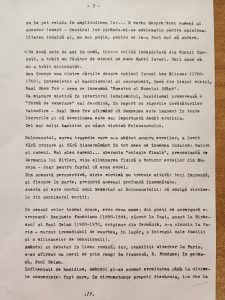
"Two hundred years ago, in a remote hut in the Carpathian Mountains, there lived a miracle worker named Rabbi Israel. Some say he never lived»
This is how one of the books begins about Rabbi Israel ben Eliezer (1700-1760), founder of Hasidism and nicknamed, during his lifetime, Baal Shem Tov - which means "Master of the Holy Name"
As a mystical movement within Judaism, Hasidism promotes a more open "form of worship" in relation to the rigors of the Talmudic Teachings - the Baal Shem Tov asserting that God is immanent in all things and that devotion is more important than scholarship.
Most Hasidim fell victim to the Holocaust.
The Holocaust, the great tragedy that befell the Jews, struck mercilessly and indiscriminately at everything that was Judaism: values and people. Especially people... The aberrant "final solution" envisioned by Hitler's Germany aimed at the physical elimination of all Jews in Europe - just because they were Jews. From this perspective, no victim should be forgotten: all together, and each individually, have the same profound significance. That is the point of a Holocaust memorial: to pluck the victims from the anonymity of death.
In the sense of what has just been said, I evoke two names; two poets of European scope: Benjamin Fundoianu (1898–1944, born in Iași, gassed in Birkenau) and Paul Celan (1920–1970, originally from Chernivtsi, committed suicide in Paris – irreparably marked by the death, in the camp, of his entire family and of millions of compatriots).
Both debuted in Romanian; but, later settled in Paris, they asserted themselves as poets of the first rank: in French, B. Fondane; in German by Paul Celan.
Influenced by Hasidism, both assumed their Jewishness to the last consequences: a fact that, in their own circumstances, led to their death. Not forgetting, but...
I end this account with a revelation, although it is not a secret - but only discretion: as early as 10 or 12 years ago, Brother Stelian Nistor told me about his intention to conceive and complete a memorial of the Holocaust of the Jews throughout Bucovina; i.e. from the Upper Country in its historical borders... Intention "with a long shot", so to speak. What, then, was just an idea - a bit of a gamble, I told myself - became over time the memorial edifice that I saw: a well-founded, measured and prepared construction, as it should be, in all its articulations.
Vocation of free mason. Is there anything else that needs to be added?

For me, Seat Fortress of Suceava remains indestructibly linked to the figure of "old Stefan - Voievod, the father of Moldova" - as Sadoveanu calls him in the opening of his last great historical novel, Nicoara Horseshoe.
The capital of Moldova during the reign of Iua Ștefan, when Moldova experienced its period of maximum cultural-economic flourishing and territorial expansion, the Citadel could never be conquered... It was set on fire and demolished in peacetime, by order of the Turks, by- its construction stretching over several decades.
Walking through the city, and bearing all this in mind, I walked through it more with my mind than with my step.
The conference of the president of the Academy related - equally, I would say - to Stephen the Great and to Sadoveanu (the one who glorified him, like no other, in the "trilogy" The Jderi brothers).
We knew that one of the best was speaking to us medievalists; I knew, from previous meetings, the rhetorical gift/grace of the speaker: his ability to shape/modulate his speech on the breadth of ideas, rigorously presented, that structure it... But Mr. Ioan Aurel Pop added, to all this, an impeccable knowledge of the literature - as a phenomenon - of Iua Sadoveanu, as the author of great historical novels.
The reign of Iui Ștefan, a true "golden age" in the history of Romanians, was thus revealed to us as a turning point between parallel mirrors: evoked through a "game of images" that enhanced its meanings.
As a true historian, who researches the past not only "in itself", but for a fairer understanding of the present, Mr. Ioan Aurel Pop referred, along the way, to certain aspects of the immediate reality; aspects approached with moderation and rigour.
The echo of this approach was also found in the questions that, after the presentation, were addressed to him; and which, in turn, generated ample, competent answers - the fact must be noted - direct; without circumstantial detours.
It is therefore not surprising that - transposed on social networks - some "fragments" of the meeting with the president of the Academy have become viral.
The meeting ended with an "autograph session" - after which, together with our distinguished guest, we left for the Dragomirna monastery.
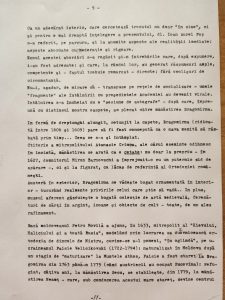
In the form of an elongated rectangle, rounded at the ends, the Dragomirna (built between 1606 and 1609) seems to have been conceived as a ship meant to be weathered through time... Which it did.
Foundation of Metropolitan Atanasie Crimca, whose bones rest in the premises, the monastery looks like a city: not only literally - in 1627, ruler Miron Barnovschi surrounded it with a strong defensive wall - but also figuratively, as Iași, the reference of Romanian Orthodoxy.
Austere on the outside, Dragomirna is richly ornamented on the inside - truly delighting the eyes of those who know how to see... In addition, the related museum houses a rich collection of medieval art, silver bookcases, icons and cult objects - all of a exquisitely chosen.
If the Moldavian Petru Movilă arrived in 1633, metropolitan of "Kiev", Halichi and all Russia", through his spiritual work Orthodoxy beyond the Dniester, it is appropriate to mention, "in the mirror", the Ukrainian Palsie Velichikovski ( 1722–1794): naturalized in Moldova after a "maturing" internship at Mount Athos, Paisie was abbot at Dragomirna from 1763 to 1775 (when the Austrians occupied Bucovina); a refugee, for a few years, at the Secu monastery, he settles, from 1779, at the Neamț monastery - which, under the leadership of this great abbot, becomes the center of Romanian monasticism and hesychastic school of living for the entire Christian East. But it all started in Dragomirna.
The lunch offered to us, with discreet generosity, by the pious nuns took place in the refectory, according to the typical monastery: Our Father, spoken before; prayer of thanks, said after.
And there was this lunch, rich and tasty - although all the dishes were "for fasting".
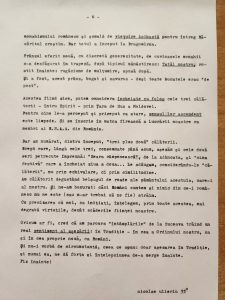
Having said that, we can consider usefully concluded the three journeys - in Spirit - through the Upper Country of Moldova.
For those who perceived and understood them as such, their ascending meaning it is clear. They join the natural mother of our Work as members of RSAA in Romania.
But I counted, from the beginning, "three plus two" trips.
Therefore, next to the three, recorded so far, we also place the two evenings spent together: "Country evening", from Adâncata, and "Festive dinner" that ended the second day... We add them, considering them "riders", not by equivalence, but by similarity.
We traveled tasting the abundance of the fruits of this land, which is ours. And we were happy: because we are Romanians and nothing Romanian is (or should not be) foreign to us.
With the clarification that we, as initiates, understand, by all this, the virtues rather than the demerits of our being.
Anyway, I think I went through the "events" in Suceava living a real one sense of settlement in Tradition - in that of our Order, as well as in our own, as Romanians.
And it's not a matter of circumstance, what I'm saying: only settling in Tradition, and only it, gives us the strength and wisdom to move forward.
Fast forward!
Nicolae Ulieru, 33 °
